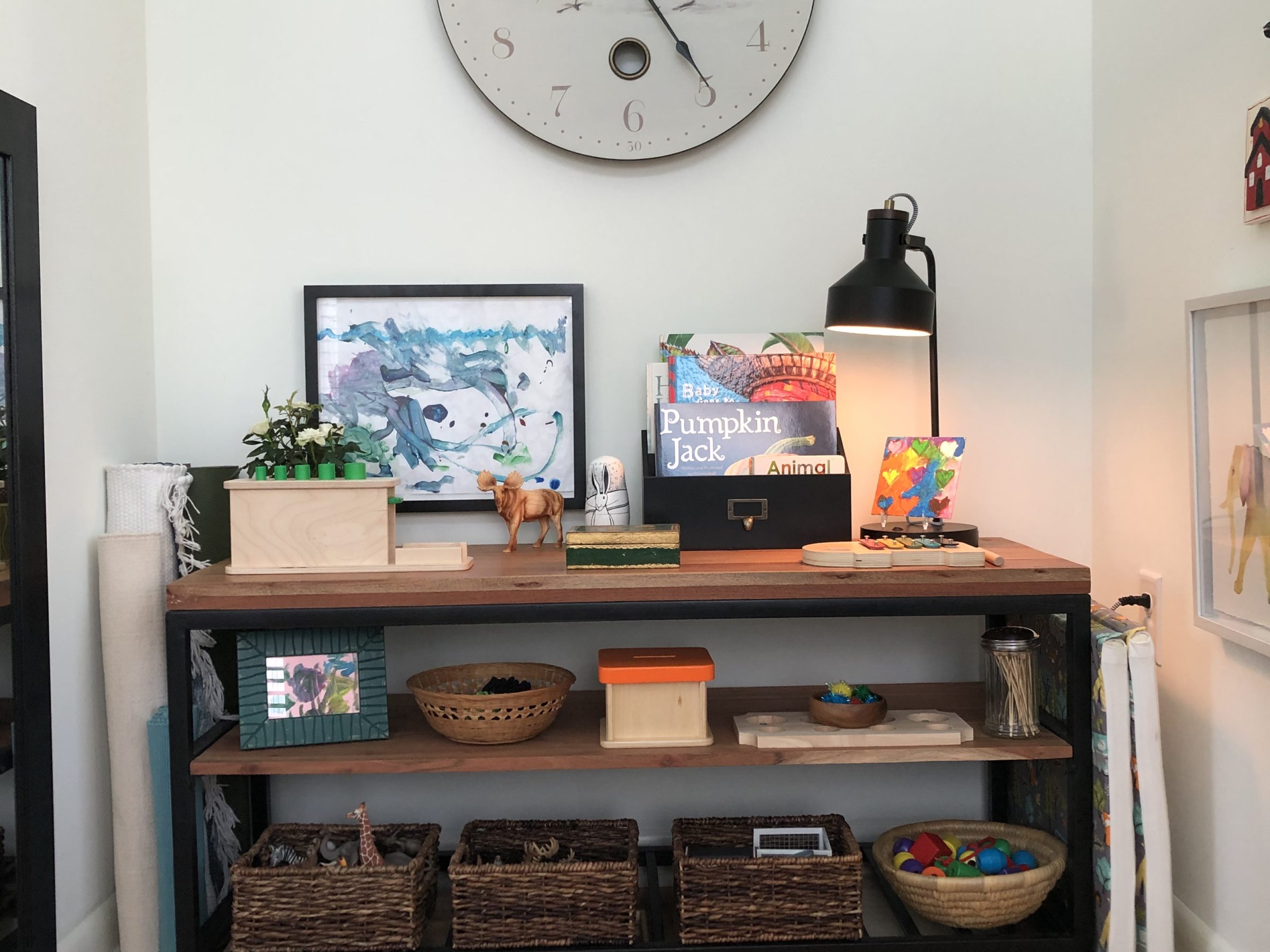During an interview with American interior designer Thom Filicia, columnist Marni Jameson shared this insightful perspective: “We all stop seeing ourselves and our homes honestly, and can benefit from outside experts who have good taste and a keen eye to help us see what we don’t.” From my experience, this rings true when creating children’s spaces. Because Thom Filicia is one of my all-time favorite interior designers, he is the “keen eye” I often look to for design inspiration. I’ve been following his guidance for years and his advice always resonates: “Be authentic.”
Thom Filicia’s Design Approach and Creating Prepared Children’s Spaces
Regardless of age, a thoughtful design approach should be followed when preparing any home space, including children’s rooms. I’ve always found Thom Filicia’s advice as a designer to be intentional and inspiring, and his approach to be attainable on most any budget. He brilliantly models how to achieve balance and the importance of editing, which is something I continue to strive for. And, as with any project, Thom says: “Good design is not about one layer.” However, layering should not be done randomly:
“Okay this room looks like a piñata got run over by a truck.”
Okay, I must admit, the piñata and truck scenario leaves me imagining a room with a million scattered and random pieces everywhere 🙀… How often have you found yourself surrounded by a sea of scattered toys? It’s a playroom experience most parents, grandparents and caregivers can relate to! And when the sea level rises, it’s time to add an anchor … ⚓️
Add an Anchor
Typically, a room’s anchor can influence the placement of purposeful materials and decorative elements. These anchors are often larger furnishings that can grow with your family. And when the right piece is added to a child’s space, it can help to hold the space together. This is especially true when it offers storage for toys, books, games and treasures.
Montessori at Home Shelf
As grandparents, our home spaces have been intentionally designed to welcome and include our young grandchildren. In our great room space, our anchor is an open shelf that can be prepared with age-appropriate toys, games and activities. In the future, the shelf can be a great addition to a teen space. Most importantly, it should be visually attractive in its space.
Use What You Have
Thom encourages us to put down the magazines, stop shopping in home stores and scrolling online. Instead, he urges us to be authentic and use what we have; “Most people don’t see what’s really great in what they already have.”
Following Thom’s advice, I began with a book holder. Originally a desk organizer, it’s also purposeful and artful when filled with relevant children’s books. The books will be rotated, edited and evolve over time. Thom suggests we look at our spaces like fashion; would you wear all your jewelry at one time or select the pieces that fit an outfit and occasion? When items are chosen thoughtfully, they simply tend to work together.
Observe to Discover the Child’s Needs
A well-planned space is deliberate in its development, aesthetically pleasing, and has an alluring presence. Knowing this, I recommend stepping back, sitting quietly and observing the space and child’s interests first. Observation makes it possible to best select materials that fit the child and their developmental needs. With this approach, it won’t take long to discover how thoughtfully designed and beautifully prepared home spaces can truly be so attractive — especially to the child. 😍
*At Home With Marni Jameson www.spacesutah.com — Queer Eye’s Thom Filicia Offers Some Fresh Perspectives 7/8/2019 **Maria Montessori, Her Life and Work, E.M. Standing

